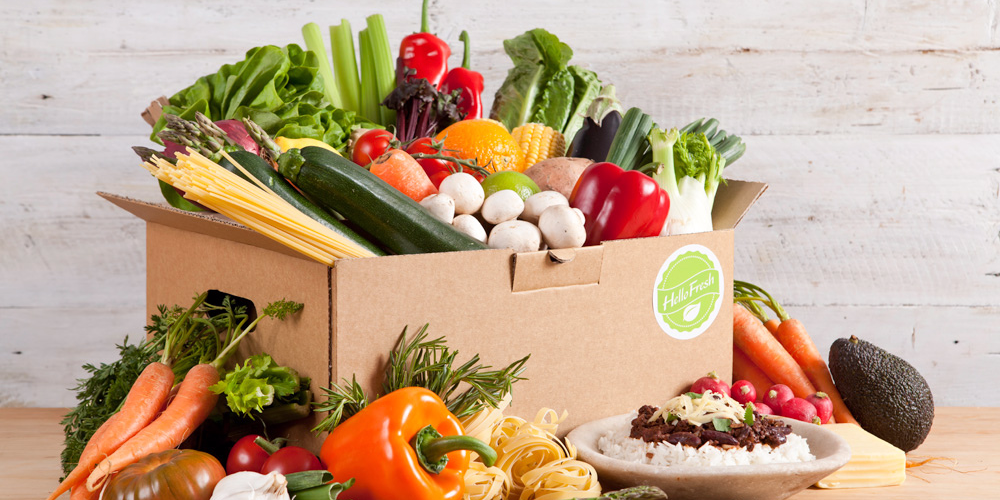As of the second quarter of 2020, the seven most valuable companies on Earth are big data giants. Apple, Microsoft, Amazon, Alphabet, Facebook, Tencent, Alibaba. On average, these companies’ stocks have returned almost 1500% since 2010 (1). In the same time, the global economy has grown only 28% (2). World growth is clearly centralizing around big data.
In class, we discussed a lot about how these companies manage to continuously reinvent themselves, innovate and build habit-forming applications and products: customer-driven development, quick learning processes, platforms. Innovation, in turn, fuels talent and investment acquisition, which fuels innovation. A feedback loop manifests. The base for this innovation is increasingly becoming data, which remains steadily in the hands of a few powerful private companies.
Throughout recent years, critics have continued to demand that these companies stop collecting data. But there’s no incentive. Conversely, ambitious startups thrive to collect more and more customer data, to initiate their own positive feedback loop.
A different approach revolves around altering the nature of data. Namely, turning it from private to public. The main argument for data democratization goes something like this. If data was available to everybody, it would not only enhance the productivity of a few, but of many. It could empower employees of all levels to more independent decision making (3). Also, it could reduce the number of failing business ventures, which constitute a huge waste of human time and talent (4).
At this point, I believe that it is important to clarify some different views on data democratization. Proponents advocate a model, where only general data shall be publicly available whereas individual level data shall stay strictly anonymous. That way, tech firms would not be able to tailor content to the individual, reducing things such as social network isolation. Opponents, on the other hand, point out the potential threats of data misuse and security problems.
Also, different models exist. Some argue for general democratization, while others only advocate democratization on an organization-internal level. Either way, the problem of data bottlenecks has to be addressed. Whether through data democratization or other means, such as data taxes (5) is yet to be determined. Otherwise, it is not unreasonable to expect tech giants to become much more powerful than entire states.
(1) Yahoo finance. I looked up the prices and calculated the figure myself (exact: 1440%, Facebook and Alibaba excluded as they weren’t public in 2010).
(2) https://data.worldbank.org/indicator/NY.GDP.MKTP.CD?end=2019&locations=1W&start=2010
(3) https://www.forbes.com/sites/bernardmarr/2017/07/24/what-is-data-democratization-a-super-simple-explanation-and-the-key-pros-and-cons/
(4) The Lean Startup by Eric Ries
Image: https://blogs.informatica.com/wp-content/uploads/2015/07/data-democracy-300×253.jpg

